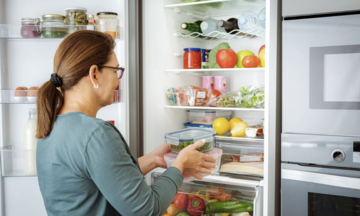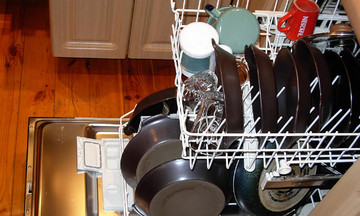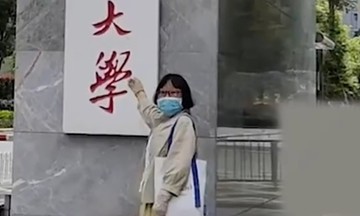Returning home from a business trip, Mr. Ye in Yuhuan, Zhejiang province, discovered his gas stove still burning. The pot he used for brewing herbal medicine had boiled dry, its bottom turned white from the prolonged heat, and the surrounding wall tiles were cracked.
During his nearly month-long absence, Mr. Ye received a higher-than-usual gas bill but didn't suspect anything. Many buildings in China use centralized gas systems, piping gas directly to apartments. Each household has a meter, and users pay monthly based on their consumption, similar to electricity and water.
Mr. Ye admitted he was extremely lucky the oversight didn't cause a fire. He explained that his stove was an inexpensive model without an automatic shut-off safety feature. The iron pot, despite being heated for almost a month, was still usable.
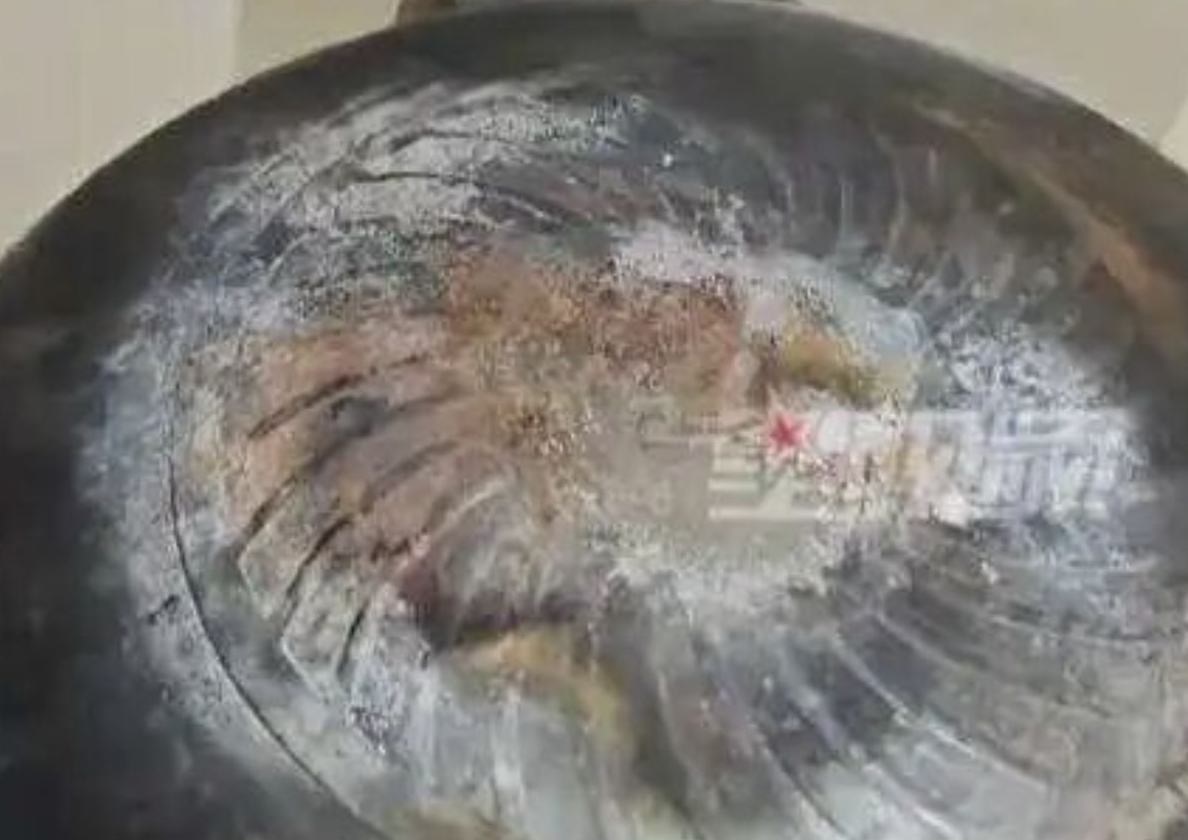 |
The bottom of Mr. Ye’s pot turned white after being heated for 27 days. Photo: Xiaoxiang Morning News |
The bottom of Mr. Ye’s pot turned white after being heated for 27 days. Photo: Xiaoxiang Morning News
Mr. Ye's story sparked numerous comments online, with many criticizing his carelessness, which could have endangered the entire building.
Fire safety experts said several fortunate factors prevented a serious incident: the low flame, the absence of flammable materials nearby, and the gas concentration remaining below dangerous levels.
However, Mr. Ye's incident serves as a safety warning about gas stove usage. To avoid such risks, experts recommend the following:
Choose reputable equipment: Purchase stoves and gas cylinders from established brands with clear origins. When buying a gas cylinder, thoroughly check for an undamaged, non-corroded container, a valid inspection date and seal, and clear labeling with filling location information.
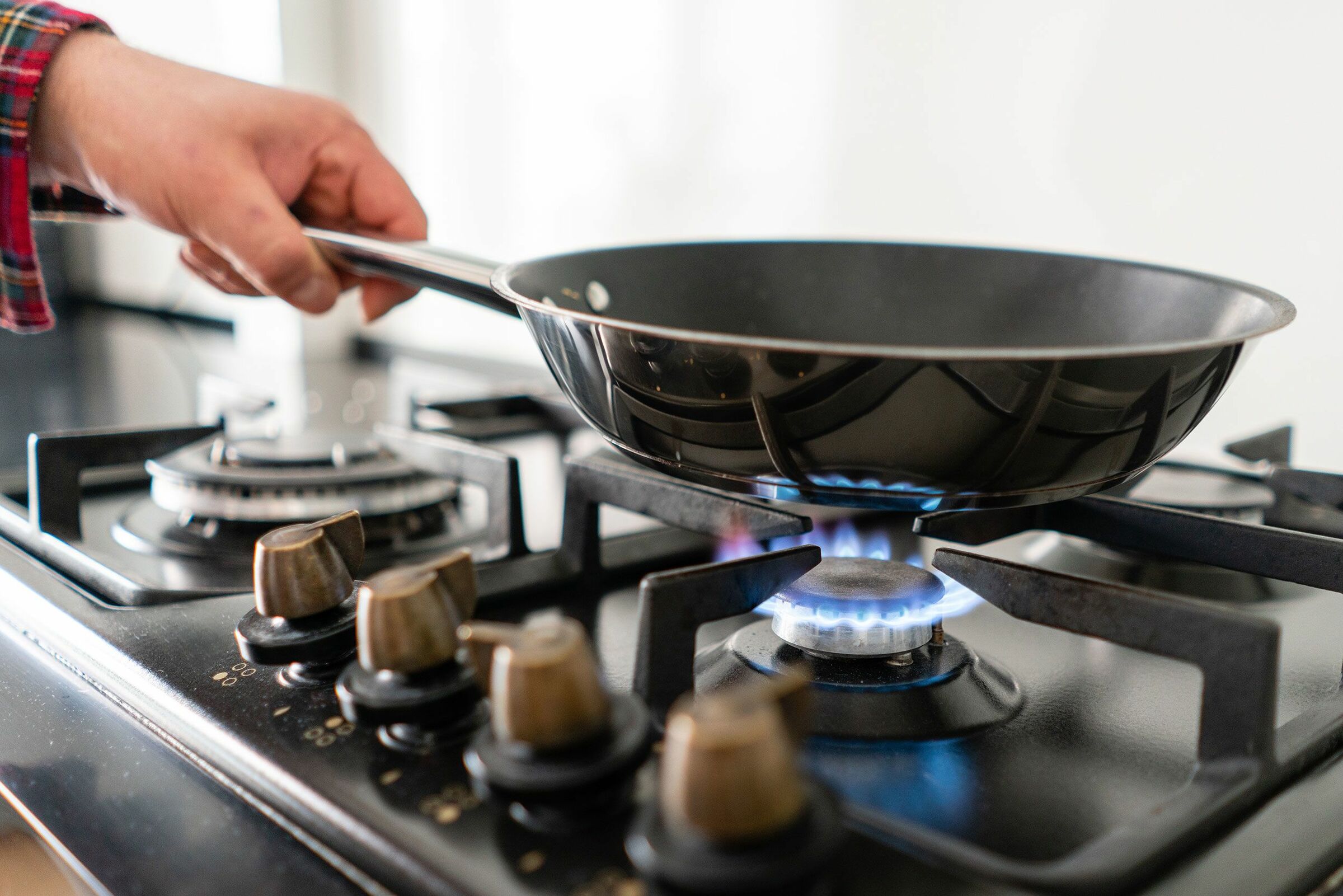 |
Choosing branded gas stoves and cylinders with clear origins ensures user safety. Illustrative photo: CNN |
Choosing branded gas stoves and cylinders with clear origins ensures user safety. Illustrative photo: CNN
Install correctly: Position the stove at least 15 cm from the wall and 100 cm from the ceiling. Ensure adequate ventilation and avoid direct drafts that could extinguish the flame. Store gas cylinders in a cool, shaded area.
Follow proper procedures: Open the cylinder valve before igniting the stove. When turning off the stove, close the cylinder valve first, wait for the flame to extinguish completely, and then turn off the stove knob. Never leave the stove unattended while cooking.
Additional safety precautions: Keep flammable materials like towels, paper, and curtains away from an active stove. Install smoke and gas leak detectors for early warning.
Minh Phuong (Ettoday, Orientaldaily)





